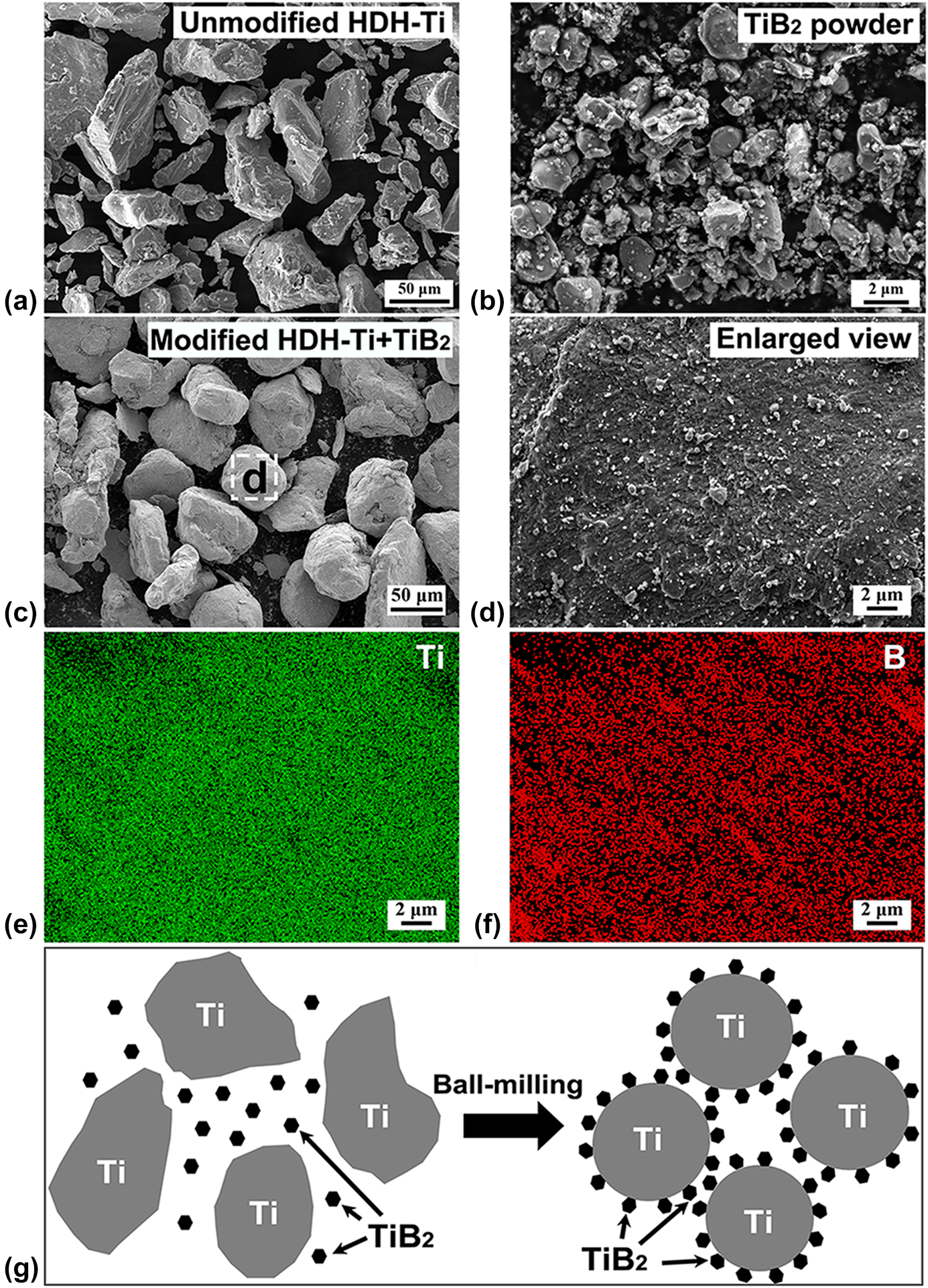Crossref Citations
This article has been cited by the following publications. This list is generated based on data provided by
Crossref.
Dong, Y.P.
Tang, J.C.
Wang, D.W.
Wang, N.
He, Z.D.
Li, J.
Zhao, D.P.
and
Yan, M.
2020.
Additive manufacturing of pure Ti with superior mechanical performance, low cost, and biocompatibility for potential replacement of Ti-6Al-4V.
Materials & Design,
Vol. 196,
Issue. ,
p.
109142.
Sendino, Sara
Gardon, Marc
Lartategui, Fernando
Martinez, Silvia
and
Lamikiz, Aitzol
2020.
The Effect of the Laser Incidence Angle in the Surface of L-PBF Processed Parts.
Coatings,
Vol. 10,
Issue. 11,
p.
1024.
Fang, Minhan
Han, Yuanfei
Shi, Zhusheng
Huang, Guangfa
Song, Jingwen
and
Lu, Weijie
2021.
Embedding boron into Ti powder for direct laser deposited titanium matrix composite: Microstructure evolution and the role of nano-TiB network structure.
Composites Part B: Engineering,
Vol. 211,
Issue. ,
p.
108683.
Otte, Joseph A.
Zou, Jin
and
Dargusch, Matthew S.
2022.
High strength and ductility of titanium matrix composites by nanoscale design in selective laser melting.
Journal of Materials Science & Technology,
Vol. 118,
Issue. ,
p.
114.
Chen, Shu-guang
Gao, Han-jun
Zhang, Yi-du
Wu, Qiong
Gao, Zi-han
and
Zhou, Xin
2022.
Review on residual stresses in metal additive manufacturing: formation mechanisms, parameter dependencies, prediction and control approaches.
Journal of Materials Research and Technology,
Vol. 17,
Issue. ,
p.
2950.
Srivastava, Manu
Rathee, Sandeep
Patel, Vivek
Kumar, Atul
and
Koppad, Praveennath G.
2022.
A review of various materials for additive manufacturing: Recent trends and processing issues.
Journal of Materials Research and Technology,
Vol. 21,
Issue. ,
p.
2612.
Chen, Peng
Yao, Xiyu
Attallah, Moataz M.
and
Yan, Ming
2022.
In-situ alloyed CoCrFeMnNi high entropy alloy: Microstructural development in laser powder bed fusion.
Journal of Materials Science & Technology,
Vol. 123,
Issue. ,
p.
123.
Otte, Joseph A.
Soro, Nicolas
Yang, Nan
Zou, Jin
and
Dargusch, Matthew S.
2022.
TiB reinforced lattice structures produced by laser powder bed fusion with high elastic admissible strain.
Materials Science and Engineering: A,
Vol. 845,
Issue. ,
p.
143249.
Sola, A.
and
Trinchi, A.
2023.
Boron-induced microstructural manipulation of titanium and titanium alloys in additive manufacturing.
Virtual and Physical Prototyping,
Vol. 18,
Issue. 1,
Xu, J. Y.
Li, K. L.
Tang, J. C.
Zhou, Y. H.
Luo, J. P.
Tang, W.
Lai, Y. X.
Dargusch, M. S.
and
Yan, M.
2023.
Additive manufacturing of anti-bacterial and low-cost Ti–Mo(–Ag) alloys using elemental powders through in situ laser alloying.
Journal of Materials Science,
Vol. 58,
Issue. 5,
p.
2268.
Rajendran, Sundarakannan
Palani, Geetha
Kanakaraj, Arunprasath
Shanmugam, Vigneshwaran
Veerasimman, Arumugaprabu
Gądek, Szymon
Korniejenko, Kinga
and
Marimuthu, Uthayakumar
2023.
Metal and Polymer Based Composites Manufactured Using Additive Manufacturing—A Brief Review.
Polymers,
Vol. 15,
Issue. 11,
p.
2564.
Wang, L.
Li, J.
Liu, Z.Q.
Li, S.F.
Yang, Y.F.
Misra, R.D.K.
and
Tian, Z.J.
2023.
Towards strength-ductility synergy in nanosheets strengthened titanium matrix composites through laser power bed fusion of MXene/Ti composite powder.
Materials Technology,
Vol. 38,
Issue. 1,
Feng, Shuo
Jia, Dongzhou
Fu, Ying
Kong, Xiangqing
Lv, Zhenlin
Zeng, Erjun
and
Gao, Qi
2024.
Preparation of additive manufacturing powder by external field–enabled: a comparative assessment.
The International Journal of Advanced Manufacturing Technology,
Vol. 131,
Issue. 5-6,
p.
3239.
Hua, Zhijia
Hu, Yiyang
Mi, Gaoyang
Jiang, Ping
He, Chenhao
and
Wang, Chunming
2024.
New insights into the microstructural evolution and properties of (TiB+TiC)/Ti–6Al–4V composite via laser directed energy deposition using B4C nanoparticles.
Vacuum,
Vol. 220,
Issue. ,
p.
112836.






